Even the non-religious find architectural rapture in the great churches in Europe, and two of the all-time greats are undergoing big developments. First, the Sagrada Familia, which diocesan architect Francisco de Paula del Villar launched in 1882 and turned over to esteemed Spanish architect Antoni Gaudi a year later, gives a whole new meaning to a life-long project as it has been under construction for 142 years. It had been slated for completion in recent years, but COVID slowdowns have pushed the date to 2026, the 100th anniversary of Gaudi’s death.
And, the beloved Notre Dame de Paris cathedral is set to reopen December 8, 2024, five years after a fire devastated the nearly 700-year-old structure.
With these happenings, we thought a short tour of four magnificent churches in Europe was in order.
Sagrada Familia

Gaudi’s masterpiece was actually only 15 to 20 per cent finished, when, one morning in 1926, during his walk to the project, he was hit by a tram and died at the age of 74. The church has since had seven other architects contribute to its completion.
One of the single most sublime architectural works in the world, it’s almost chaotic in appearance, with its four distinct facades and its soaring inside arches that are carved into a “celestial forest.” Parishioners have been worshipping for years amid the scaffolding. Soon, that will all disappear.
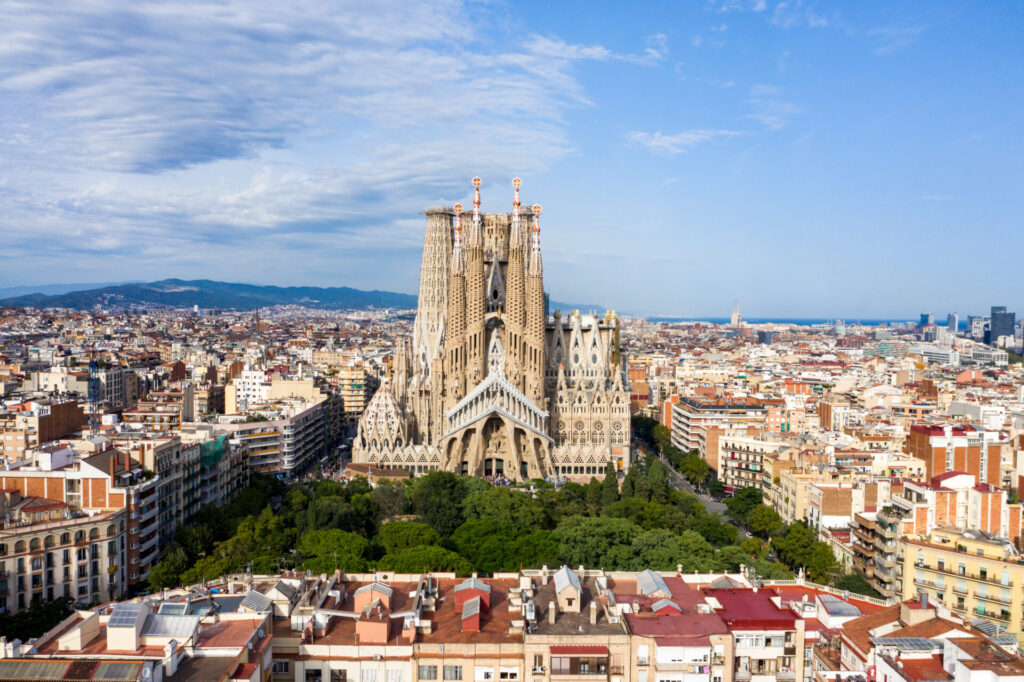
“It’s just other-worldly,” says Barry Hobin, founding partner of Hobin Architecture in Ottawa, who most recently saw it on a company field trip to Barcelona in 2019. “It’s a really interesting piece because it was before computers and all that was done with models and imagination.”
Notre Dame de Paris
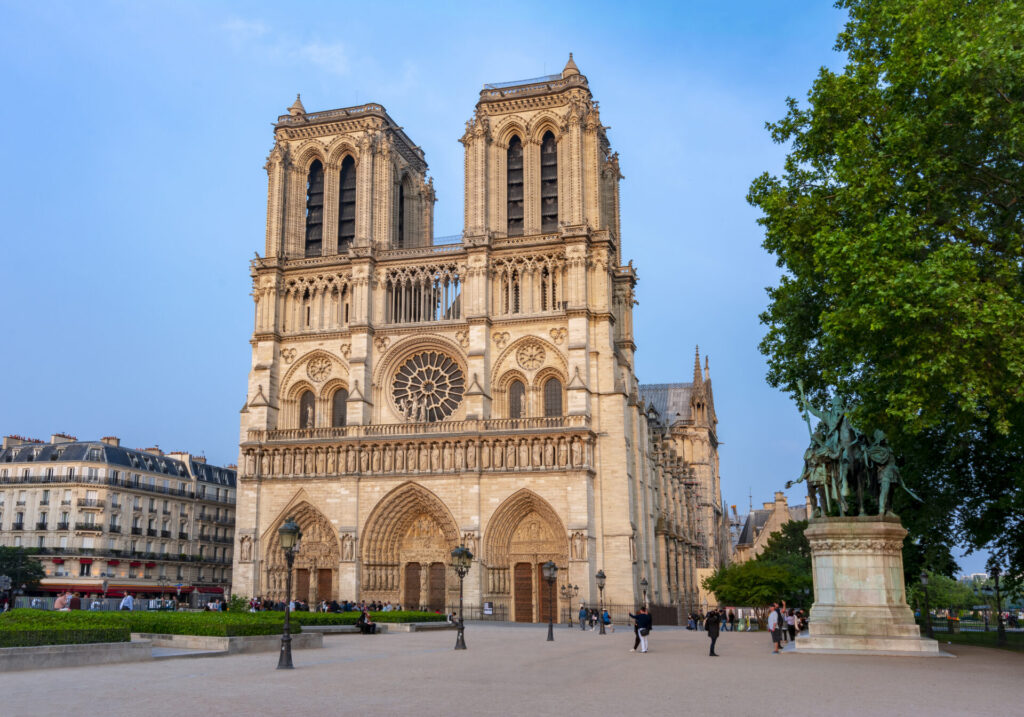
This medieval Gothic Catholic cathedral, located on Île de la Cité in Paris, was built from the ruins of two earlier churches. Bishop Maurice de Sully conceived of it in 1160, but it would take another 100 years to be completed.
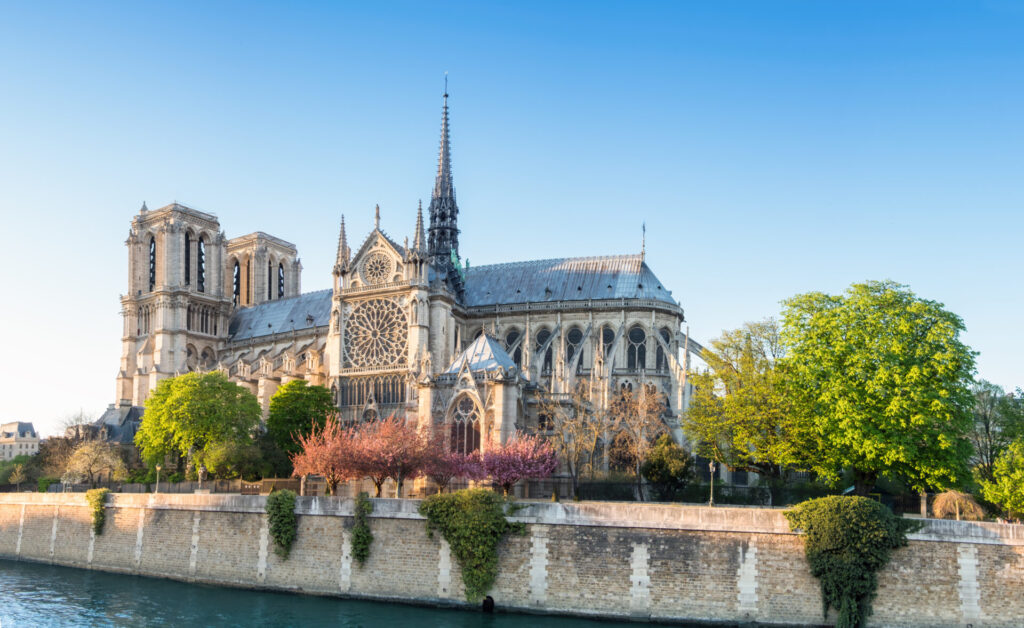
“It’s history, it’s Christendom — part of Catholicism,” Hobin says. “It’s just a really important piece and it’s iconically located next to the Seine.”
Sadly, fire broke out in the attic in 2019 when this must-see Paris attraction was undergoing renovations. It destroyed most of the roof the 19th-century spire. French President Emmanuel Macron promised to restore it over the following five years to the tune of $1 billion.
Salisbury Cathedral
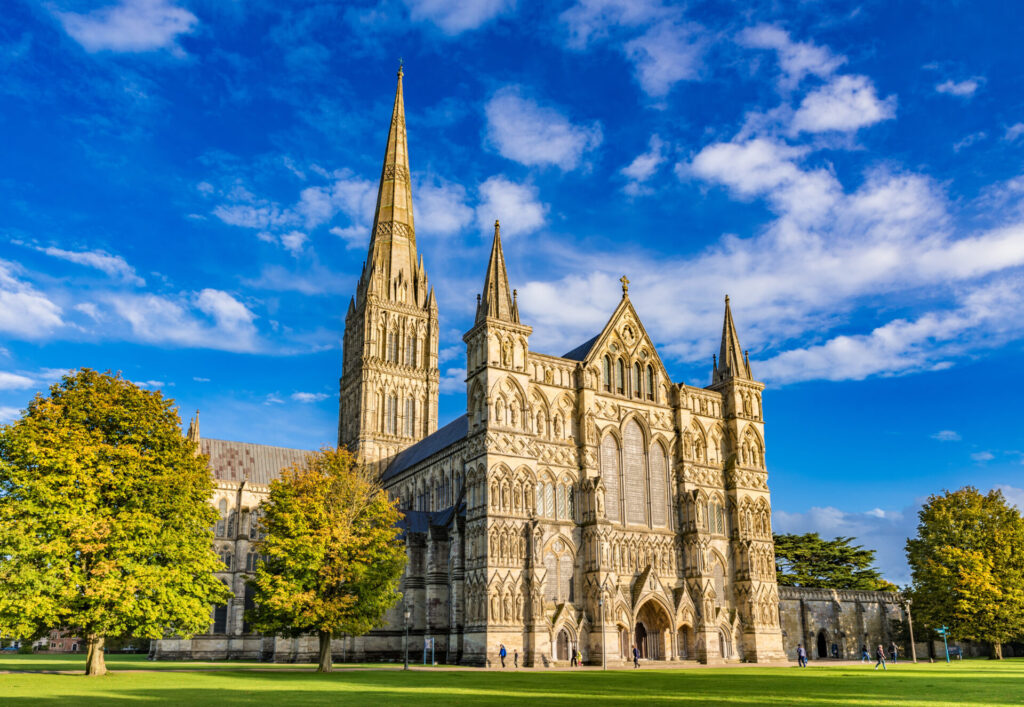
Building of this Wiltshire, England, landmark commenced in 1220 as a Catholic place of worship, but post-Reformation, it naturally became Church of England.
Built as a double-cross and surrounded by cloisters, its main part was built in just 38 years, a remarkable feat for the times. To this day, it boasts Britain’s highest spire.
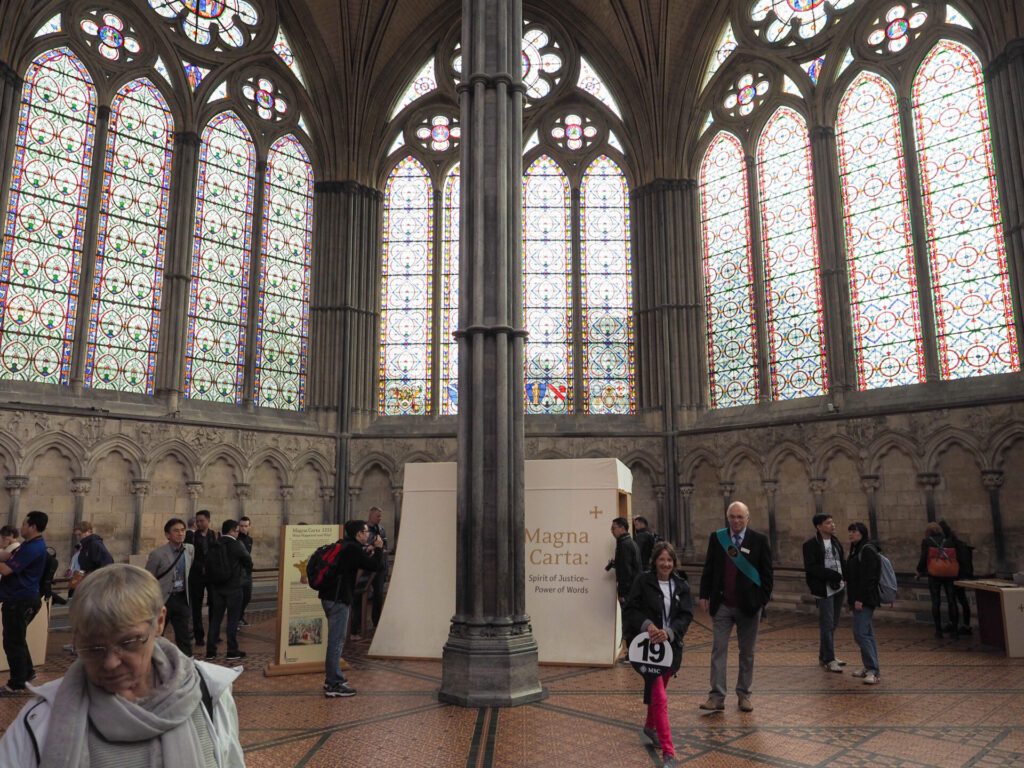
One of the surprising finds in this breathtaking structure isn’t the notable architecture. It’s the fact that it houses one of four surviving copies of the Magna Carta, the document that sets out the foundation for individual rights in Anglo-American jurisprudence.
Cathedral of Santa Maria del Fiore
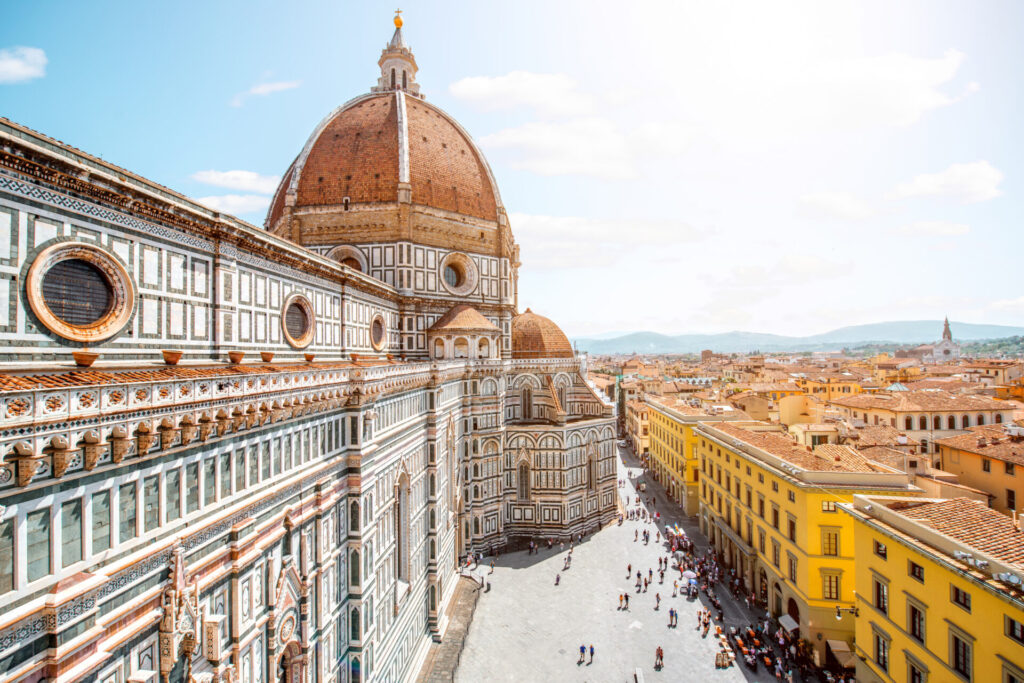
In 1436, when Florence’s iconic Duomo was consecrated, it was the world’s largest church and could accommodate 30,000 worshippers. Its most distinctive architectural feature has to be the ornate green, red and white marble façade. Well, that and its dome, which lords over the magical capital of Tuscany. And mustn’t forget the interior, which served as a canvas for Renaissance masters. The dome’s artwork, the Last Judgment, was started by Giorgio Vasari but completed after his death by Federico Zuccaro.
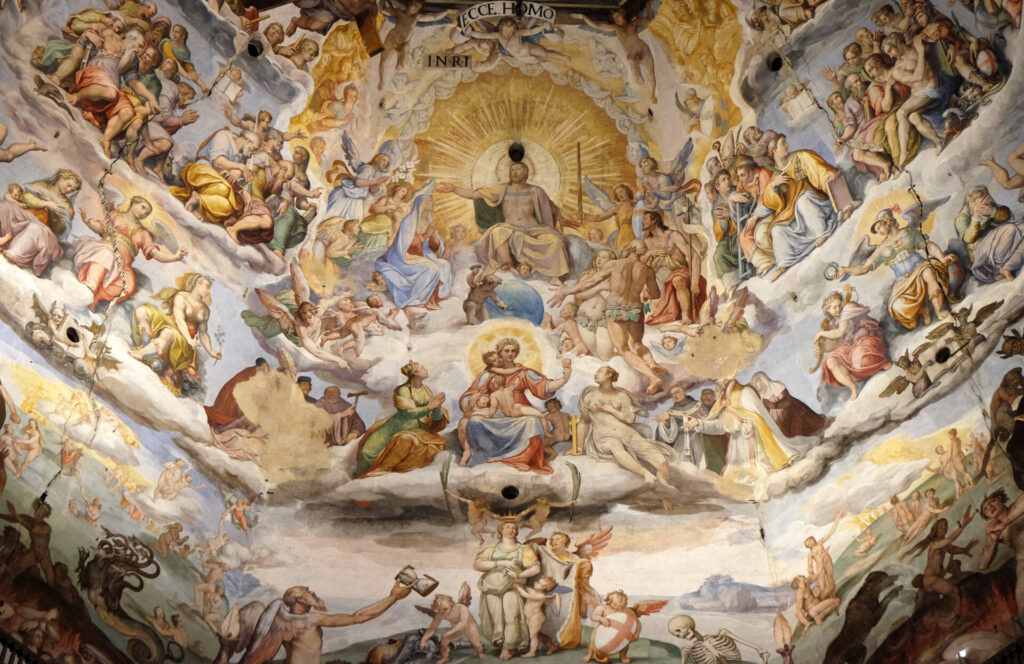
“In the Renaissance, you increasingly see the strength of rich families commissioning art [for such places,]” Hobin says.
Plan your European getaway
To see these churches in all their splendour, have CAA’s Travel Consultants book your trip. Book an appointment online.

